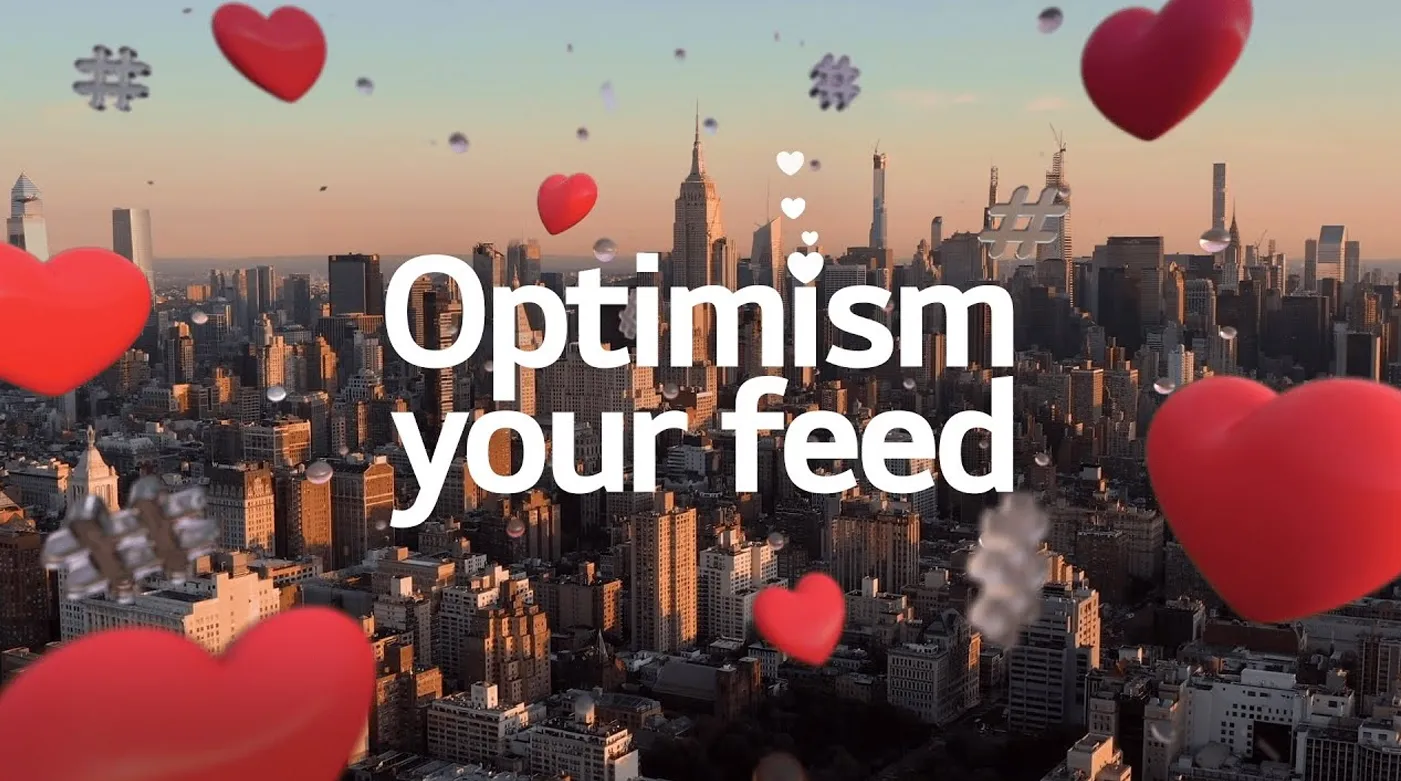
5 Reasons to Be Optimistic About the Media Industry
Working in media—let alone reporting on it—can be a grim task.
It often feels like the industry is perpetually on the verge of collapse, with news about layoffs, closures, and declines in trust and readership dominating the headlines.
The reality is more complex. There are plenty of challenges ahead for journalism and media, but there are an equal number of reasons to be excited—optimistic even.
Below, ADWEEK collected responses from 20 media executives about their optimism in the new year. The answers have been edited for clarity.
The continued growth of live journalism
Audience and advertiser appetite for live events has proven both durable and expanding.
Publishers from across the spectrum have successfully translated their editorial expertise into engaging events, and the sector has proven a lifeline during a challenging time for the news media industry.
“Demand for our product and pre-bookings are better than it’s ever been,” said Axios chief revenue officer Jacquelyn Cameron. “We’re going to pre-book more for Axios Live events in 2025 than we have in the last two years.”
Bloomberg Media chief executive officer Karen Saltser agreed, singling out live experiences as a key reason for optimism.
“Bloomberg Media’s audience of business decision-makers have a real desire to connect with the brand around specific topics, and with each other in person,” Saltser said.
Events also offer publishers another vehicle for capturing consumer sentiment, which can help them test editorial theses, according to Semafor cofounder Ben Smith.
“At Semafor, we’re seeing such intense demand from our audience for frank, open conversations, including open disagreements, in person through our events and in our digital formats,” Smith said. “That feels like a deep shift from how ideological media has gotten, and makes me optimistic.”
The conversation around news aversion is shifting
The emergence of brand suitability concerns has been yet another headwind for many news publishers’ advertising efforts.
However several executives see those conversations taking a more positive tack in 2025.
“Overly cautious brand safety tactics that have disproportionately impacted news organizations are starting to be re-evaluated,” said Wall Street Journal chief revenue officer Josh Stinchcomb. “In my discussions with clients and partners, there’s a noticeable openness and willingness to explore how they can refine their strategies to reintegrate or introduce news into their media plans.”
Kristin Heitmann, CRO at the Associated Press, echoed the sentiment.
“I’m also forever optimistic that brands and agencies will ‘return to news,’” Heitmann said. “News audiences are incredibly valuable and currently underutilized by marketers.”
Similarly, advertisers have shown an increased interest in working with publishers—news or otherwise—that have strong relationships with their audiences.
“We are seeing brands investing in large partnerships with news organizations,” said Business Insider chief revenue officer Maggie Milnamow. “At Business Insider, we have closed more multi-million dollar partnerships than ever before in our history.”
Front Office Sports’ CEO Adam White shared a similar assessment.
“The continued positive return of the ad market for media companies with actual, meaningful relationships with their audience—as well as increased competition from upstart brands and creators—will, hopefully, drive innovation across the ecosystem,” White said.
Chaos is a ladder
Admittedly, this is more of a silver lining than a reason for optimism, but the point still stands.
The dynamism of the industry is an opportunity, both for challenger brands and incumbents, to take risks, experiment, and grow.
“It’s harder to grow market share in periods of stasis,” said Dotdash Meredith CEO Neil Vogel. “The opportunity now is good or better than it’s ever been.”
Sara Badler, chief advertising officer at The Guardian U.S., said the same.
“While many news outlets pull back, add paywalls, or shrink from their values, there’s a real opportunity for less well-known, mission-driven media organizations to introduce themselves to the marketplace in 2025,” Badler said. “Advertisers and marketers are looking for something new, distinct, and outside the beltway, and it gives organizations like the Guardian U.S. a chance to stand out and tell our story.”
AI will simplify the drudge work
The advent of artificial intelligence is a mixed bag for publishers.
It threatens to undermine key parts of their business models, like search and basic content creation, but it also promises to make everyday tasks critical to the job far simpler.
“AI workflows will become more central to processes and operations in the media business and enable organizations to operate at a larger scale without sacrificing the depth and thoughtfulness of their work,” said Trusted Media Brands CEO Bonnie Kintzer.
Similarly, the technology makes it dramatically simpler for companies with limited resources to vastly improve critical products, according to Outside CEO Robin Thurston.
“AI-driven tools are unlocking efficiencies in TV, film, and gaming, enhancing creative processes, and enabling hyper-personalized user experiences,” he said. “AI and data analytics enable more personalized content recommendations, enhancing the viewer experience.”
The blueprint for success exists
For all the hand-wringing about the future of media, there are dozens of successful examples of publishers sustainably serving their audiences.
True, fewer organizations will be able to find this success given the economics of the internet, but the ones that do will be large, sophisticated, and more capable of keeping pace with their peers in the technology sector.
“We are a sustainable and thriving business that has been profitable for years,” said Politico CEO Goli Sheikholeslami. “There is success to be had in this industry, and those that differentiate themselves, provide valuable insight and meet the unmet needs of their readers will find it.”
Puck cofounder Jon Kelly agrees.
“I’m actually incredibly optimistic about the industry,” Kelly said. “There are more brands, of all sizes and flavors, in the space than ever before, and they’re servicing the increasingly specific demands of their audiences in unprecedented ways.”
This article was written by Mark Stenberg for AdWeek on January 2, 2025.




